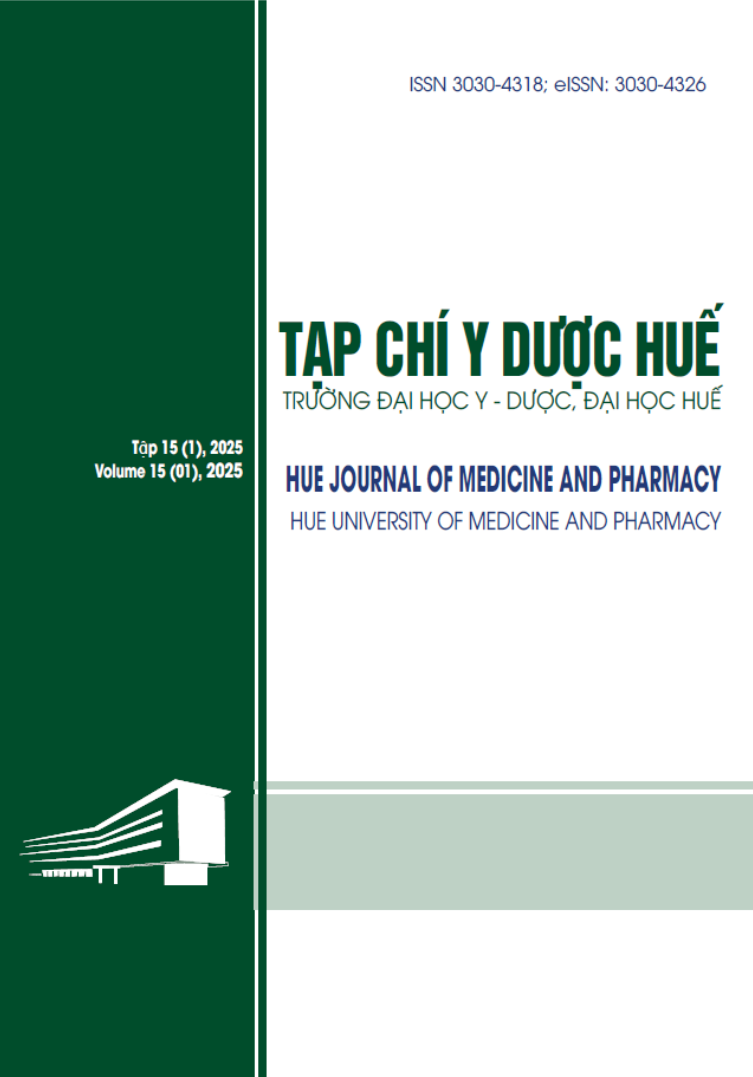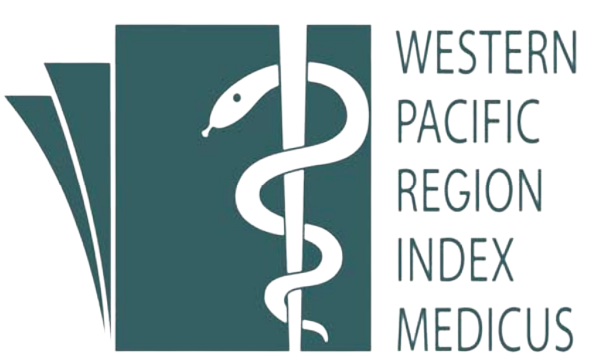Abstract
Background: The smear layer can prevent the penetration of intracanal medicaments into dentinal tubules and influence the adaptation of filling materials to canal walls. Passive ultrasonic irrigation is one of methods to removing smear layer. The purpose of this study is to compare the smear layer removal ability between Passive ultrasonic irrigation and Conventional needle irrigation.
Materials and Methods: 30 extracted human premolar roots were selected and randomly divided into 2 groups (n=15) based on root canal irrigation methods with 17% EDTA solution: (1) Conventional needle irrigation, (2) Passive ultrasonic irrigation. The roots were prepared with Reciproc Blue 25 file and was removed smear layer by 2 different methods of irrigation. The study sample was then sectioned longitudinally with a diamond cutting disc, randomly selecting half of the root. After undergoing sample processing, the half roots were observed and evaluated for the presence of smear layer under a scanning electron microscope with a magnification of 1000 times according to Torabinejad (2003).
Results: In both groups, mean of smear layer score in apical higher than that in cervical (p>0.05). There is no difference in mean of smear layer score between 2 groups at the apical, middle and cervical.
Conclusion: Passive ultrasonic irrigation is as effective in removing smear layer as Conventional needle irrigation.
| Published | 2025-05-09 | |
| Fulltext |
|
|
| Language |
|
|
| Issue | Vol. 15 No. 2 (2025) | |
| Section | Original Articles | |
| DOI | 10.34071/jmp.2025.2.8 | |
| Keywords | smear layer, passive ultrasonic irrigation |

This work is licensed under a Creative Commons Attribution-NonCommercial-NoDerivatives 4.0 International License.
Copyright (c) 2025 Hue Journal of Medicine and Pharmacy
VioVlich D.R., Chander N.P. The smear layer in endodontics –a review. International Endodontic Journal. 2010;43:2-15.
Machado R., Silva I., Comparin D. et al. Smear layer removal by passive ultrasonic irrigation and 2 new mechanical methods for activation of the chelating solution. Restorative Dentistry and Endodontics. 2021;46(1):234-42.
Mancini M., Cerroni L., Palopoli P. et al. FESEM evaluation of smear layer removal from conservatively shaped canals: laser activated irrigation (PIPS and SWEEPS) compared to sonic and passive ultrasonic activation—an ex vivo study. BMC Oral Health. 2021;21(81):234-41.
Qiang Li, Qian Zhang, Xiaoying Zou et al. Evaluation of four final irrigation protocols for cleaning root canal walls. International Journal of Oral Science. 2020;12(29):1-4.
Weller R.N., Brady J.M., Bernier W.E. Efficacy of ultrasonic cleaning. Journal of Endodontics. 1980;6:740-43.
Van der Sluis L., Gambarini G., Wu M.K. et al. The influence of volume, type of irrigant and flushing method on removing artificially placed dentine debris from the apical root canal during passive ultrasonic irrigation, International Endodontic Journal. 2006;39(6):472-76.
Mozo S., Llena C., Forner L.. Review of ultrasonic irrigation in endodontics: increasing action of irrigating solutions. Medicina Oral, Patologia Oral, Cirugia Bucal. 2012;17:512-16.
Kfir A., Goldenberg C., Metzger Zvi. et al. Cleanliness and erosion of root canal walls after irrigation with a new HEDP-based solution vs. traditional sodium hypochlorite followed by EDTA - A scanning electron microscope study. Clinical Oral Investigations. 2020;24:3699-706.
Görduysus M., Küçükkaya S., Bayramgil N.P. and Görduysus M.Ö. Evaluation of the effects of two novel irrigants on intraradicular dentine erosion, debris and smear layer removal. Restorative Dentistry and Endodontics. 2015;40(3):216-22.
Torabinejad M., Khademi A.A., Babagoli J. et al. A new solution for the removal of the smear layer. Journal of Endodontics. 2003;29:170-5.
Teixeira C.S., Felippe M.C. and Felippe W.T.. The effect of application time of EDTA and NaOCl on intracanal smear layer removal: an SEM analysis. International Endodontic Journal. 2005;38:285-90.
Gulabivala K., Ng Y-L., Gilbertson M. et al. The fluid mechanics of root canal irrigation. Physiological Measurement. 2010;31(12):49-84.
Matos F.S., Silva F.R., Paranhos L.R. et al. The effect of 17% EDTA and QmiX ultrasonic activation on smear layer removal ad sealer penetration: ex vivo study. Scientific Reports. 2020;10(1):103-11.
Prado M.C., Leaf F., Simão R.A. et al. The use of auxiliary devices during irrigation to increase the cleaning ability of a chelating agent. Restorative Dentistry and Endodontics. 2017;42:105-10.
Nogales C.G, Cazares R.X.R, Nardello L.C.L. et al. Evaluating the Impact of Ultrasonic Irrigation on Bacterial Levels and Activity Following Chemomechanical Procedures. Journal of Endodontics. 2024.Sep 12:S0099-2399(24)00481-3. doi: 10.1016/j.joen.2024.09.001.






